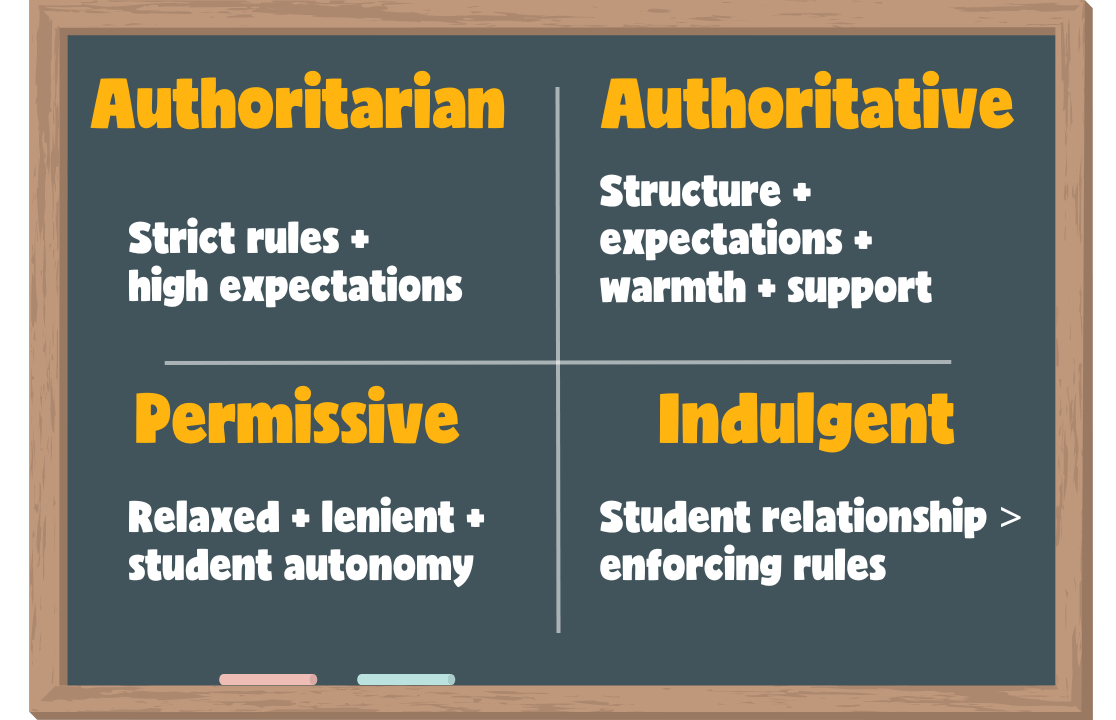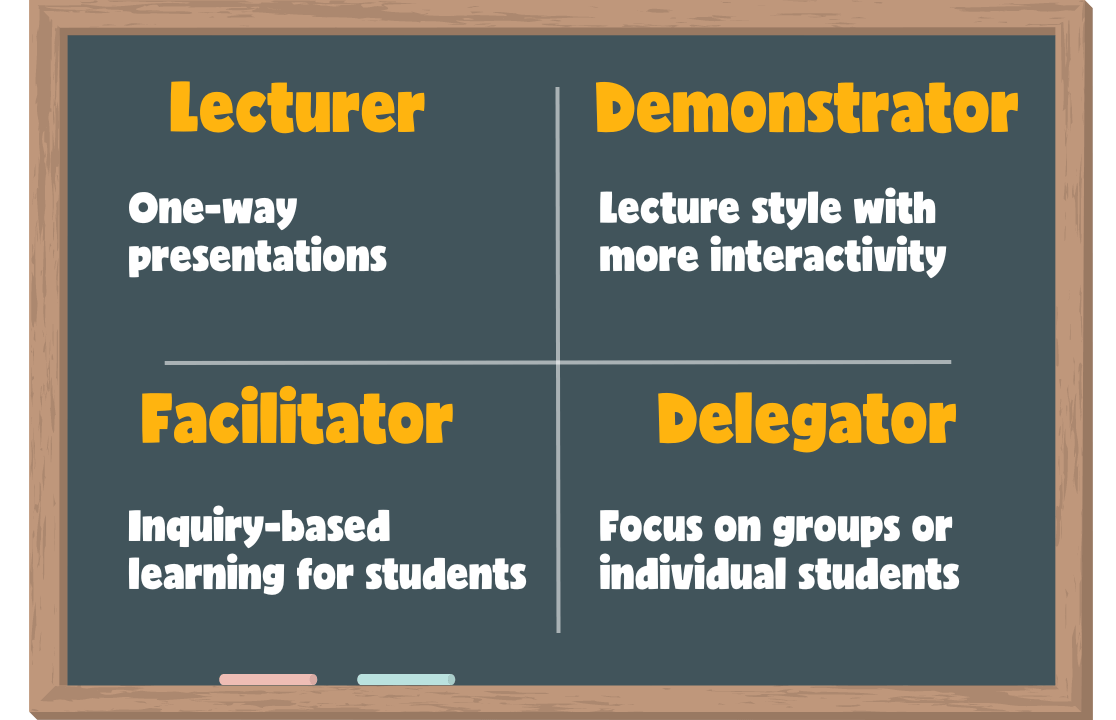What are the 4 classroom management styles? Each teacher chooses a style to help students learn better. Understanding these styles helps create a happy and organized classroom for everyone.

What Are The 4 Classroom Management Styles [Essential Insights] – Image: Pxhere
Why is classroom management important?
Classroom management is important because it helps students feel safe and respected. Students who think this way; are likelier to learn and do well in school.
Good classroom management means teachers spend more time teaching and less time dealing with misbehavior. Clear rules and consequences can stop problems before they start, keeping the class focused.
Having a positive and organized classroom helps students succeed and enjoy learning.
Read more: Classroom Management Defined: Key Tips for Success
What are the 4 classroom management styles
There are 4 common classroom management styles including: strict, friendly, laid-back, and easygoing. The specifics for each group are as follows:

Each has its own approach to rules and student behavior
- Strict: It means having many rules and wanting kids to obey them. The teacher is in charge and makes sure everyone behaves. If you’ve had a strict teacher, you probably remember them well.
- Friendly: This way mixes rules with kindness. Teachers set clear rules but also listen to students and help them solve problems. Instead of just punishing, they teach students to be responsible for their actions. This makes the classroom a nice place to be and helps students grow.
- Laid-back: Some teachers are more relaxed. They have fewer rules and let students have more freedom. Discipline may not be emphasized much, and there might not be clear consequences for misbehavior.
- Easygoing: Similar to laid-back, these teachers don’t like to set too many rules. They’re okay with whatever students do and focus on keeping a good relationship with them.
Identifying your teaching style
Your teaching style is how you teach your students. It includes the ways you get them interested, help them learn, and make a good classroom.
Every teacher has a different style, just like every classroom is different. But, there are five common teaching styles: lecture, demonstrator, facilitator, delegator, and hybrid. We will help you find which style fits you best.
Explore five common styles: lecture, demonstrator, facilitator, delegator, and hybrid.
The lecturer
It’s when the teacher talks and students listen and take notes. For example, showing students how to write letters while they practice.
The demonstrator
Similar to lecturing but with more activities and videos. For instance, demonstrating writing letters on the board while students use Play-Doh.
The facilitator
The facilitator style also called the activity style, helps students learn by asking questions and working together. In your classroom, this could be students in groups sharing ideas on a project while you walk around and help when they need it.
The delegator
The delegator style, also called the group style, lets students work mostly on their own while the teacher watches. This works well for group activities where students help each other.
For example, with an app like Kodable, students can work in groups, helping each other through levels, while the teacher steps in only when needed.
The hybrid
The hybrid teaching style, also called blended, mixes different styles. You might start by showing how to draw letters of the alphabet, then give out Play-Doh for students to make the letters in groups while you watch.
This way of teaching helps meet the needs of all students. But be careful—too many changes every day can confuse students. Keeping some routines and consistency is very important for good classroom management.
Read more: 20+ Effective Classroom Management Strategies and Techniques
Choosing the right teaching style for you
After reading about different teaching styles, you might see yourself fitting one or more of them. The good news is that your teaching style can change and grow, just like your classroom. It’s important to think about how you teach so that after a lesson, you can see if your style worked well for your students and their learning goals. By doing this often, you can get better at knowing when to change your style to help your students do their best.
FAQs
What are four simple classroom rules?
Here are four rules you can use in your classroom to make behavior better:
- Stay safe
- Be polite
- Listen and follow
- Work hard and do your best
What are the 4 C’s of classroom management?
Teaching with the “Four Cs”—critical thinking, communication, collaboration, and creativity—keeps us and our students vital in a changing work world. But, unlike usual job training, we can’t start these skills in middle or high school.
What are the 5 P’s of classroom management?
The 5 P’s for managing a classroom are:
- Promptness
- Politeness
- Preparedness
- Productivity
- Patience
Read more: 14 Types of teaching methods for an effective lesson
Regardless of how you teach or manage your classroom, providing interesting activities for your students can greatly motivate them and align them with your teaching approach. Vietnam Teaching Jobs (VTJ) hopes this article helped you find a teaching style that suits you. Don’t forget to check out more articles from VTJ for additional useful information!





